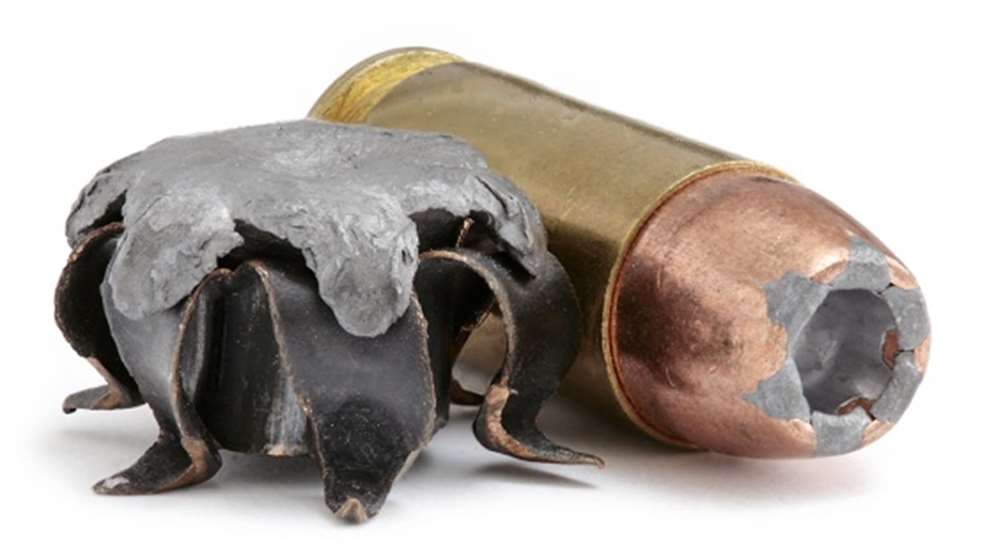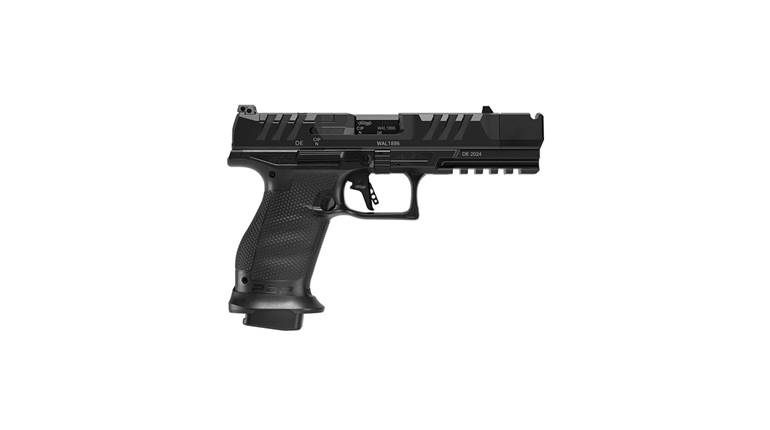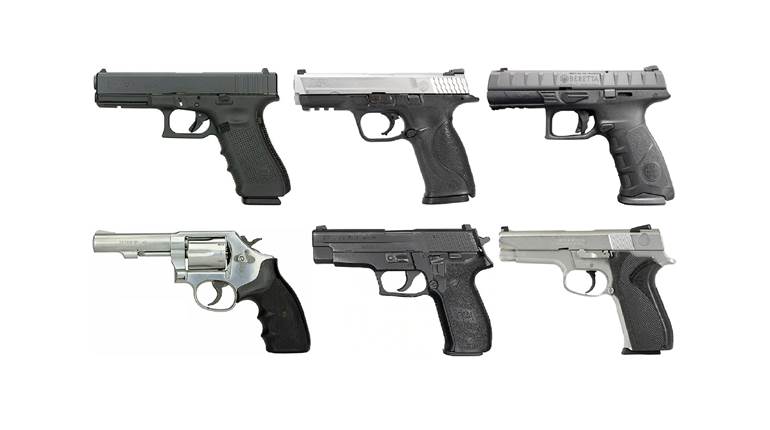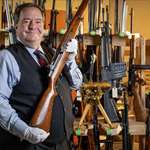
My blog about the recent history of the 9 mm Luger cartridge prompted reader response like we have never seen before. 341 readers on this site alone—not to mention hundreds of more on Facebook—contributed their thoughts on what turned out to be a very controversial topic. It looks like many readers saw the entry as an assault on the worthiness of what is clearly the most popular automatic pistol cartridge in current use.
For the most part, they defended the Luger round with equal doses of passion and logic. Just about as many writers agreed with my assessment of the 9 mm as a less suitable cartridge for police, military and civilian service use. First of all, I would like to commend everyone who chimed in on either side of the argument. It takes at least a little chunk of time to compose an argument—either way—and reader response was generally articulate. I deeply appreciate all your comments. Thank you.
I wrote that blog with something different in mind. I was simply reflecting on the twisted history of an effective cartridge born in the furor of pre-World War I European small arms development. As most readers are aware, the 9 mm Parabellum cartridge was developed for use in the Luger pistol, adapted to the C96 Mauser and then the Walther P38. A factor in the appreciation of the 9 mm also turns on its use in firearms other than pistols—sub machineguns. In those times, ammo for the gun was always FMJ stuff and it was a great penetrator. Before World War II, there were no 9 mm guns made in America. Colt made the first one in the 50s and Smith & Wesson followed suit with the Model 39. By the late 60s, the trend in police circles was to a modern, double-column, double-action automatic pistol. This kind of gun quickly supplanted the traditional revolver. Civilian use ran parallel and even the miliary began looking at them.
At the peak of 9 mm interest, S&W and Winchester teamed up to develop and market 9 mm-sized pistols chambered for a new round called the .40 S&W. It was an instant success and continues to date as the round of choice for many police departments. But it never supplanted the 9 mm as a police cartridge. At the present time, the 9 mm has taken back a lot of ground lost to the medium-bore Forty. The makers of pistol ammunition sell more 9 than .40 or .45. It is just plain more popular for more shooters in more places than any other pistol cartridge. This is history and there is no way you can argue against what has happened.
There are several factors entering into the “Why?” question. Unquestionably, the 9 mm got a foothold because it was widely available when it was needed. Also, it was a near perfect fit for designers to use a double-column magazine of up to 18 rounds in a pistol that was manageable for everyone. When the ammo makers started making exponentially better 9 mm ammunition, the cartridge performance argument in favor of the .40 S&W lost some of its strength. The present situation is such that several pistol makers have come out with new 9 mm pistols, but put off introducing a .40 S&W version until some time in the future. When there is good reason to believe you aren't going to sell a product, you just don't make it. .40 S&W guns and ammo just don't sell as they once did.
.40 S&W pistols were unquestionably more difficult to handle than 9 mms. In that great mass of online commentary that we received on my recent blog, this point came up over and over again. I cannot argue with those who contend that the 9 mm pistol is easier to shoot. Several times in the last few years, I have made the point that the greatest virtue of the 9 mm is ease of handling, which transmits to greater number of hits. Obviously, a hit with a 9 mm in a gunfight is to be preferred over a miss with anything else. I can also understand that a person who honestly takes up work requiring defensive pistol skills needs to get solid training on well-chosen equipment. Often, that is one of the many fine 9 mm guns on dealers’ shelves. And yes, you are also correct in reasoning that a shooter can do a lot more practicing with today's lower-cost 9 mm fodder.
I don't believe you can reason that small-handed shooters are better off with the smaller soft-shooting 9 mms, because they are happier with the moderate recoil, lesser muzzle blast, etc. I say this because I have witnessed many shooters using bigger guns—.40s and .45s—as they train at Gunsite. The instruction there is first-class, which makes it clear that just about anybody can be taught to use the more effective bigger bores. Arguing that modern 9 mm ammunition has the same on-target result as .40 S&W is ridiculous, but several guys who responded to my blog were trying to make that point. Bigger and heavier bullets in handguns have been the fight-stopping solution for a very long time, but periodically that reliable solution is questioned.
I recall a conversation I once had with the undersheriff of our department. He had recently joined us from another sheriff's office and they had just converted to 9 mms. He was very impressed with the rise in qualification scores. He even said that dropping the caliber was the smartest thing a department could do with weapons policy. A serious man, he nonetheless had to chuckle when I asked when we were going to .22s on the street.
This is serious business—how far should we compromise for the sake of convenience? I do not mean to imply that there is anything “wrong” with the 9 mm, just that there is a bit more that is “right” with the .40. In that earlier blog, I made the statement that the .40 S&W is better than the 9 mm Luger. It still is.
wikipedia image

















![Winchester Comm[94]](/media/1mleusmd/winchester-comm-94.jpg?anchor=center&mode=crop&width=770&height=430&rnd=134090756537800000&quality=60)
![Winchester Comm[94]](/media/1mleusmd/winchester-comm-94.jpg?anchor=center&mode=crop&width=150&height=150&rnd=134090756537800000&quality=60)


















